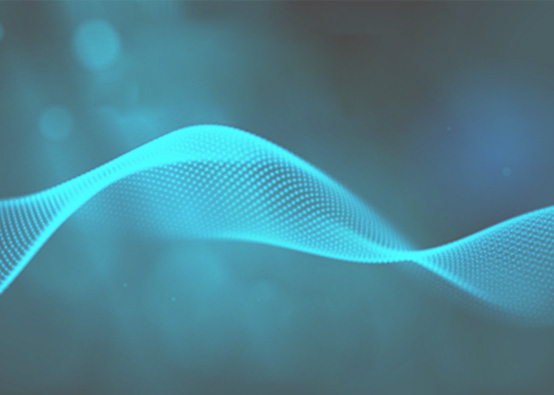Physiologe der Biofelder von Nervensystem und Herz
Das Nervensystem nutzt die Trennung elektrischer Ladung über Zellmembranen hinweg, um den lokalen membranübergreifenden Transport von Molekülen, die interzelluläre Kommunikation und die Ausbreitung elektrischer Ladung über große Entfernungen zu unterstützen.1 Das Nervensystem steht in Wechselwirkung mit allen Systemen des Körpers und verbindet die Funktionen der einzelnen Systeme über elektrische und chemische Signale. Zu diesen Systemen gehören unter anderem das Herz-Kreislauf-System, das Lungensystem, das endokrine System, das Immunsystem, das Verdauungssystem, das Fortpflanzungssystem, das motorische System und das kognitive System. Um diese Vielzahl von Funktionen zu steuern, gliedert sich das Nervensystem in zwei Hauptbereiche: das zentrale Nervensystem und das periphere Nervensystem. Das autonome Nervensystem ist eine Abteilung des peripheren Nervensystems, die unwillkürliche oder unbewusste Körperfunktionen wie Atmung, Herzfunktion und Verdauung steuert. Das autonome Nervensystem besteht aus dem Sympathikus, dem Parasympathikus und dem enterischen Nervensystem (ENS).2,3















